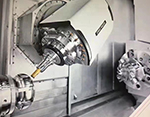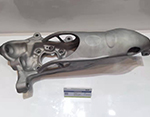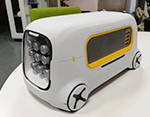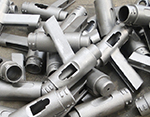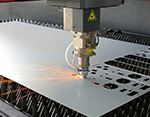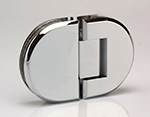-
Service
+
- CNC Precision Machining Service +
- Multi-Axis Simultaneous Machining Service +
- CNC Turning Service +
- Metal 3D Printing Service +
- Rapid Prototyping Service +
- Die Casting Service +
- Sheet Metal Fabrication Service +
-
Finish Serivces
+
- Polishing
- Grinding
- Brushed Finish
- Sand blasting
- Painting
- Powder Painting
- Anodizing
- Hard anodizing Service
- Passivation
- Zinc Plating
- Nickel Plating
- Chrome Plating
- Blackening
- Black Zinc Plating
- Teflon Coating
- Titanium Coating
- DLC Coating
- Laser Marking
- Silk Screen Printing
- Transfer Printing
- Micro Arc Oxidation
- Industries +
- About Us +
- Resource +
- Contact Us
- Quote

-
Service
-
>
-
>
-
>
-
>
-
>
-
>
-
>
-
>
-
- Industries
- About Us
- Resource
- Contact Us
Copper Machining
Copper can be machined manually on traditional machines or computer-controlled CNC machines. CNC machining of copper is preferred as they ...Machining copper is challenging due to its tough nature that resists deformation. To increase the machinability of copper, they are alloyed with metals like aluminum, zinc, silicon, tin, etc., to make
Pure copper is a difficult metal to machine due to its high ductility, plasticity, and toughness. Alloying copper improves its machinability and even makes copper alloys easier to machine than most other metallic materials. Most machined copper parts are made from copper alloyed with zinc, tin, aluminum, silicon, and/or nickel. These alloys require far less cutting force as compared to machining steels or aluminum alloys of comparable strength.
CNC Milling
Copper alloys can be machined utilizing various techniques. CNC milling is an automated machining process that utilizes computerized controls to manage the movement and operation of multi-point rotary cutting tools. As the tools rotate and move across the surface of the workpiece, they slowly remove excess material to complete the desired shape and size. Milling can be used to create different design characteristics such as grooves, notches, pockets, holes, slots, contours, and flat surfaces.
different machinable alloys of copper like brass, bronze, nickel-silver, etc.
Here are some guidelines for CNC milling copper or copper alloys:
Common cutting materials are carbide application groups such as N10 and N20, and the HSS grades
You can double tool life by reducing the cutting speed by 10%
When milling a copper cast alloy with a cast skin, reduce the cutting speed by 15 percent for a carbide group tool or 20 percent for an HSS grade tool
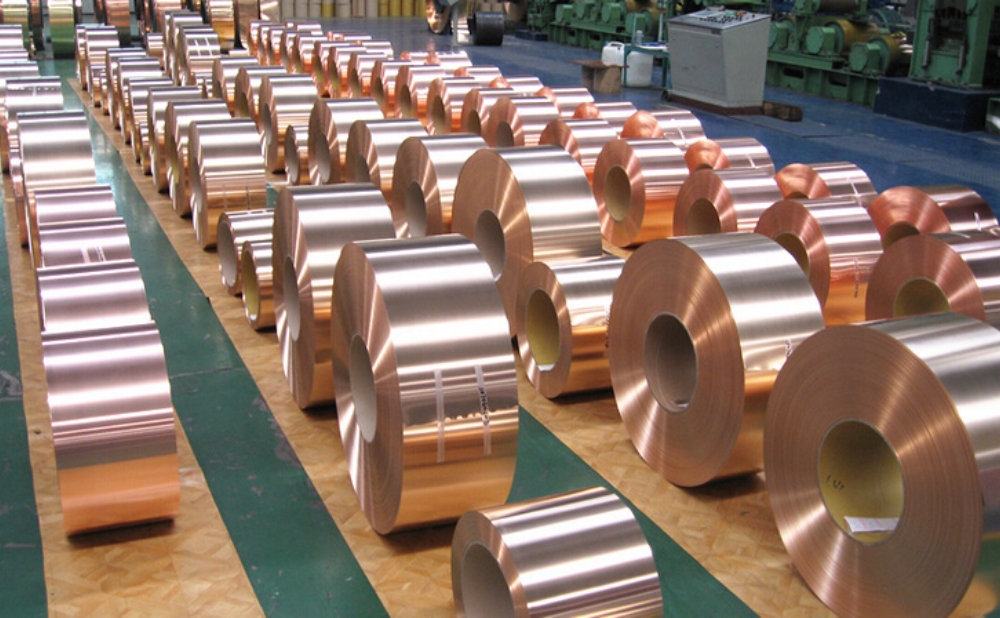
CNC Turning
Another technique for machining copper is CNC turning, where the tool remains stationary, while the workpiece moves to produce the desired shape. CNC turning is an adaptable machining system used to make many electronic and mechanical components.
There are many benefits in using CNC turning, including cost-effectiveness, precision, and increased manufacturing speed. When turning a copper workpiece, it’s particularly important to carefully consider your speed — because copper is an excellent thermal conductor, it creates more heat than other materials, which increases tool wear over time.
Here are some tips for CNC turning copper or copper alloys:
Set the cutting tool edge angle in the range of 70° to 95°
Softer coppers prone to smearing require a cutting tool edge angle of approximately 90˚
A constant cutting depth and reducing the cutting tool edge angle results in lower stress on the tool and increases both tool life and cutting speed
Increasing the angle between the major and minor cutting edges (the tool included angle) allows the tool to sustain higher mechanical loads and results in lower thermal stresses
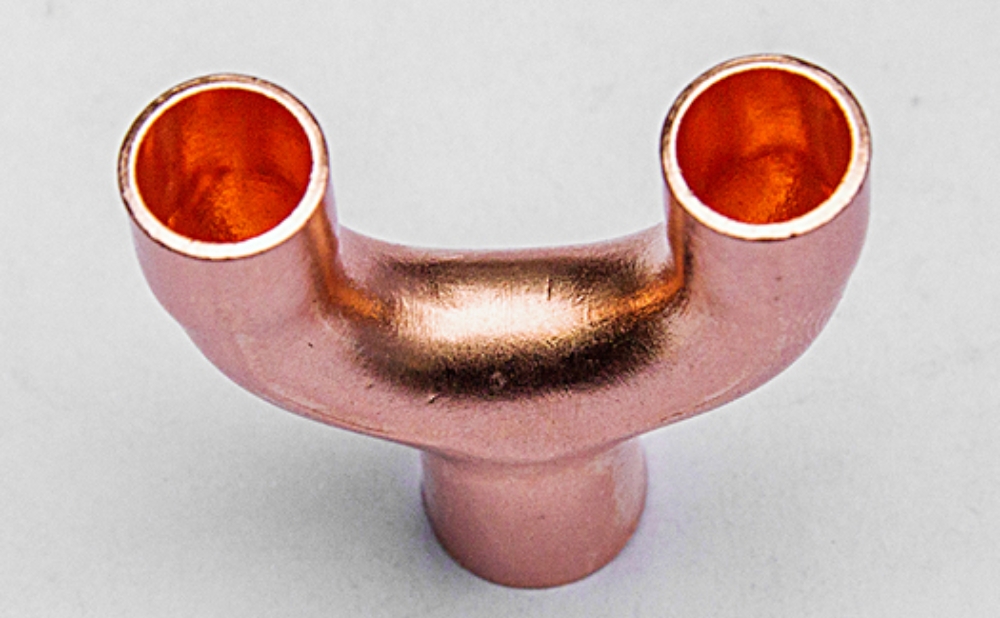
Finishing Copper
After machining comes finishing, and there are multiple factors to consider when deciding which process best fits your needs. The first place to look for surface finish control is within the CNC machining processes themselves. Some CNC machining parameters can be controlled to change the surface quality of the machined parts — for example, the nose radius, or tool corner radius.
For soft copper alloys and pure copper, the quality of finish is directly and heavily dependent on the nose radius. The nose radius should be minimized, both to prevent smearing softer metals, and to reduce the surface roughness. Doing so creates a higher-quality cut surface because a smaller nose radius reduces feed marks. Wiper inserts are preferred to traditional nose radius tools because they produce an improved surface finish without modifying the feed rate.
You can also achieve part finish requirements through post-processing:
Hand polishing – Although labor-intensive, polishing produces an attractive surface shine
Media Blasting – This creates a uniform, matte finish and hides small flaws.
Electropolishing – An excellent choice for finishing copper due to its incredible electrical conductivity that brightens and shines the copper.
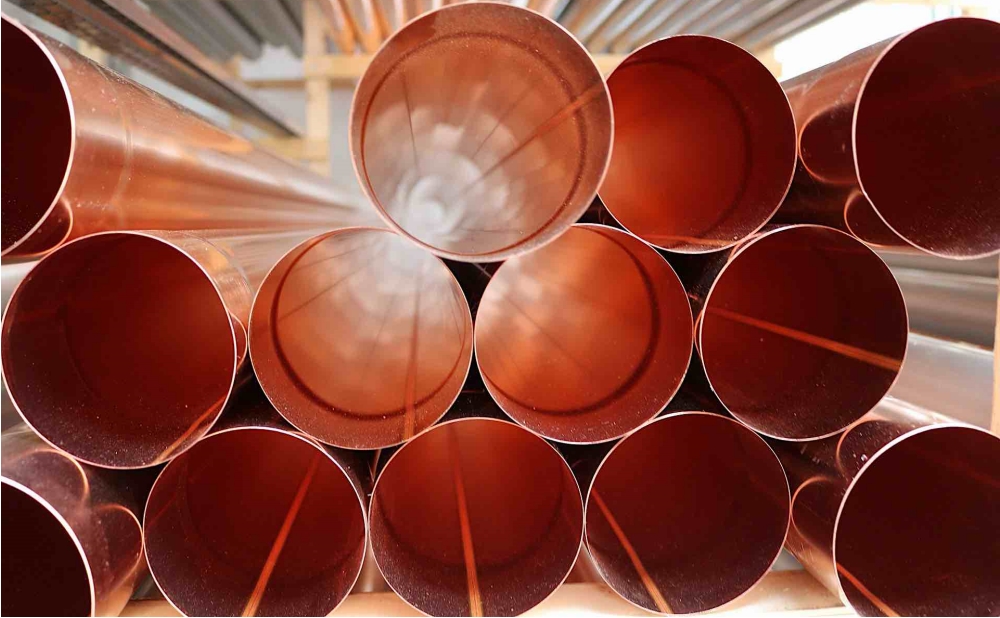
There are also a wealth of other mechanical and chemical finishing processes, so it’s a good idea to evaluate all of your options when designing a copper machined part. Choosing an expert CNC copper machining partner, like Kesu Hardware Group, is critical in ensuring your parts are well machined and delivered on time to your specifications. You can learn more about our copper and copper alloy CNC machining capabilities on our site. And if you’ve already got your design, create an account and order your parts today!
For more information and consultation, contact us here!
WhatsAPP:+86 13414139830
Phone: +86 13414139830
E-mail: Sia@kesugroup.com

